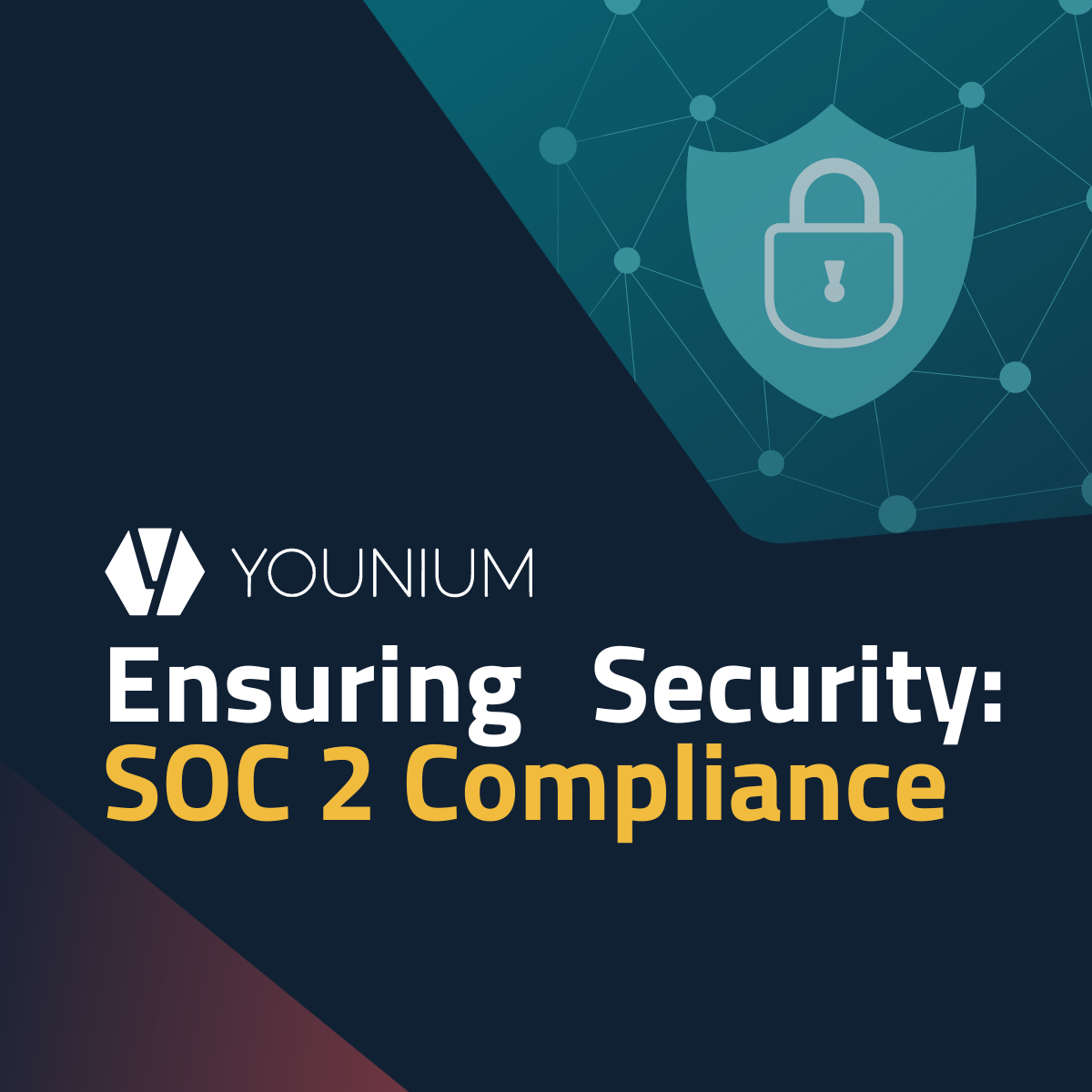Some say building a world-class finance department is all about finding the right talent, while others think that the right mix of processes and technology is what makes all the difference. But, few SaaS businesses know how to achieve these things. Or, if they know, they don’t want to share those details. While we don't claim to know it all, having worked with so many SaaS startups we are aware of what goes into putting together a dream finance team. And we are willing to share this first-hand knowledge!
If you don't have the time to read through the whole article, don't worry. Here is the gist of the article in one sentence: To grow and scale your SaaS business, you must automate much of the finance workflows and harness the right data, using a subscription management system like Younium!
On the other hand, if you have some time to spare, we recommend that you read this 2-minute long article. It is sure to provide you with a framework for building your financial team.
But, first we will try to explain why the finance department is so critical to B2B SaaS companies.
Classic vs SaaS financial organization
Here is the thing: Traditionally, finance teams are considered as just another support function - concerned with ancillary tasks such as invoicing and book-keeping.
But for SaaS organizations, it is a much more strategic asset. Your department’s responsibilities include managing the complexities of SaaS recurring subscriptions and recurring billing cycles - the very lifeblood of your business.
You need to ensure all subscriptions are up-to-date, with the right terms, price changes, upsells, indexes, legal entities, etc. And, you need to create and maintain that one source of truth about transactions and revenue - thus enabling a 100% accurate CMRR forecast.
But, the question is, how can you achieve all this?
So, now, without much ado - on to the meat of this article. Here are the steps to building a world-class finance department for SaaS companies.
5 ways to build a world-class finance department
As a high-ranking SaaS founder or CFO, you would be keen to improve operational efficiency and own the SaaS metric/reporting. To this end, here is Younium’s recipe for a more efficient finance department:
- Set SMART departmental goals: Take stock of what the finance department can help your company achieve. Make sure these goals are SMART (specific, measurable, attainable, relevant and time-based). Then create a strategy that helps meet these overarching goals.
- Hire and train the right talent: It's ok to go slow when seeking out the right hires. Take time to identify the individuals who will meet your company’s culture and run your finance team efficiently. Also, once hired, be sure to equip them with the necessary process and tech knowledge and create an environment conducive to design thinking.
- Create capacities to scale: Recurring subscription management is one of the most important financial processes in terms of volume and replicability. But, as your business scales, managing the intricacies of each client’s subscription would mean an exponential growth in admin efforts. To reduce routine data entry and keep your finance team small and efficient, a subscription management system can help! It automates time-consuming activities such as invoicing, revenue recognition, subscription changes, and reporting.
- Reduce human errors in paperwork: Do you have manual processes in place that are heavily reliant on humans? This often leads to mistakes. For example, missing invoicing, skipped renewals and issues with price adjustments and upsells, which ultimately results in bad debt and losses for your business. Having credit control, or making sure clients paying their bills in a timely manner, is key for revenue capture.
- Create room for experimentation: In today’s day and age, it has become critical to automate and control parts of the finance workflow so that you have more time to experiment and bring about strategic changes to your business. One example is creating system support and a framework for value-based SaaS pricing. This frees up your time to play around with pricing that reflects the true value of your service, instead of choosing a simple model simply because it’s easy to manage.
- Simplify and improve accuracy of reporting: What your agile finance team needs is precise and up-to-date (or even real-time) data that ensures errors and opportunities are identified and acted upon quickly. Once your financial backend is running smoothly, you can (without manual work) access a variety of real-time accurate SaaS metrics for different audiences. For example, the board can get an instant update on the CMRR development, and the finance team can gain a good overview of the cash flow for financial planning.
Younium to the rescue
Sure, you can try to manage the customer life-cycle for B2B Subscription Management on your own. But manual spreadsheets, custom databases, or using tools built for linear, one-time orders just won't cut it anymore.
Instead, you should allow a high-tech subscription management system to do most of the heavy-lifting for you. Here is how Younium can help grow and scale your recurring revenue business:
- Offers a single source of truth for your subscription master data. A single, trusted view allows you to easily make sense of, benefit from, and track your recurring subscription data.
- Automates recurring billing, in bulk. You can easily manage recurring payments, settlements, and send reminders with this tool. By gaining full control of the recurring billing and collection cycle, you shorten the closing period. It also offloads stressful responsibilities from humans so that they can focus more on activities that generate additional growth for your business.
- Models advanced subscription types. Allows you to do two things - design your subscription and price model in an organized manner as well as manage the more complex, negotiated terms for example in enterprise deals.
- Offers access to accurate transaction info and on-demand reports. You can drive and forecast your business with structured subscription data and insights including revenue metrics and business performance.
- Offers full accounts receivable support. This enables you to close the loop around subscriptions, including the billing, payments, reminders as well as the necessary reporting to tax authorities and other parties.
- Enables you to manage segmented invoices, recurring payments, and revenue recognition journals. Allows you to easily reconcile your books with straightforward general ledger imports from Younium.
- Delivers fully customizable invoice layouts. These templates reduce the time and effort that your team needs to put into creating invoice/ finance documents from scratch.
- Integrates with your finance ERPs and sales systems. In this way, we offer a unified and streamlined quote to cash flow.
If you wish to scale your SaaS business without thinking of finance and sales admin tasks, request a demo now!



